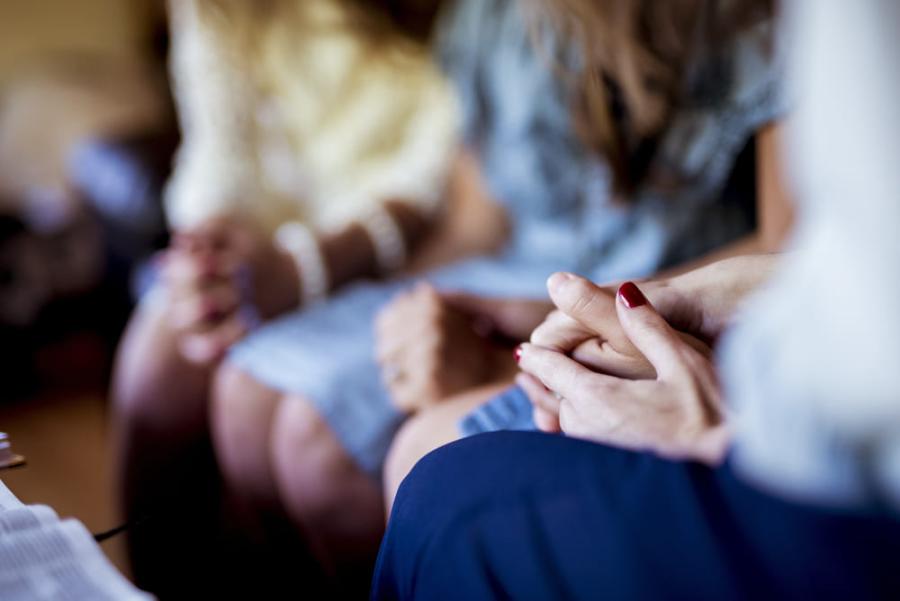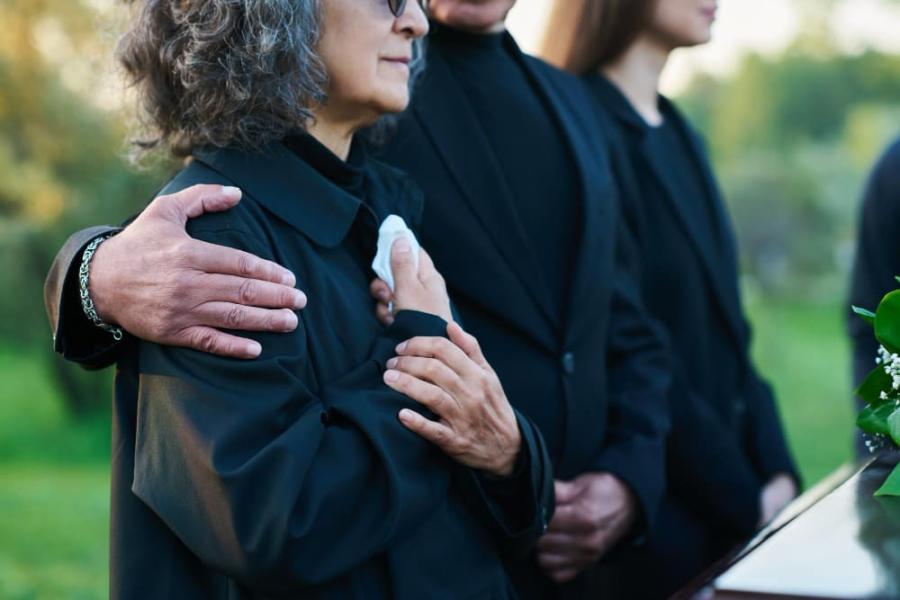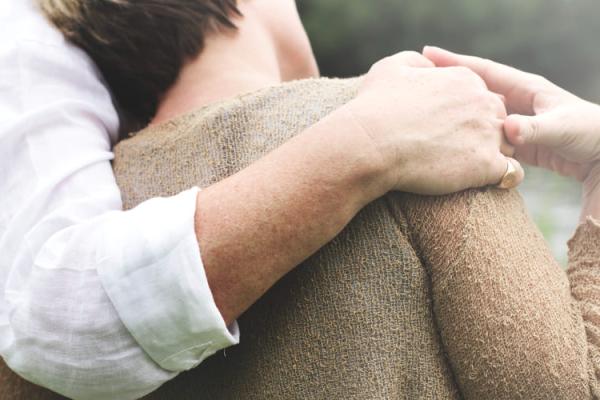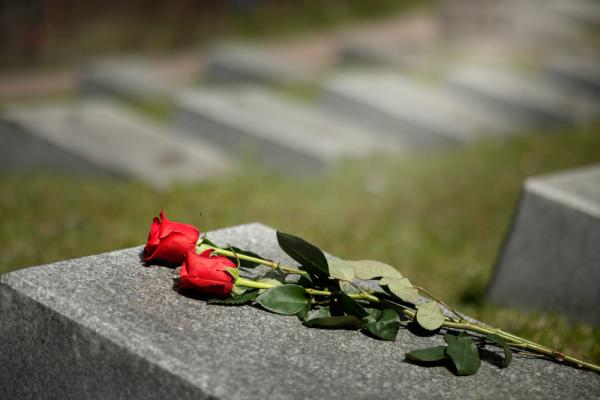
What a wake is: its meaning, the process and useful advice
Although most people have attended a wake, defining precisely what one is, how it is organised and what options are available may not be easy. For this reason, we are going to answer the main questions you may have about this event and offer some useful advice for those who may find themselves having to organise a wake in the future.
What is a wake? Meaning and origin
A wake is a gathering where friends and family come together to be with their deceased loved one before they are buried or cremated. It is a practice that allows them to say goodbye and pay tribute to their loved one and to receive invaluable mutual support during this time of grief.
The Spanish word for a wake is velatorio and this comes from the Latin vigilare which means ‘to watch’ or ‘to keep vigil’. This makes it much easier to understand what a wake is like in Spain, since it reflects the tradition of watching over the deceased during the night to be sure of their passing. It is also an opportunity to mourn them or to smile, remembering the good times spent with them.

Types of wake
Now that you are familiar with what a wake is, you may be interested to know that there are different types of these events where you can honour the memory of a loved one in different ways. Once you understand the main ones, it is easier to adapt them to the circumstances and preferences of the family.
Traditional wake
This type of wake is held in a room at a funeral home. The person can be laid out in a coffin, allowing friends and family to say goodbye in person.
It is common for flowers to be displayed, prayers to be said and condolences to be expressed to those closest to the deceased. This provides an appropriate and respectful space to honour the person who has passed away, allowing the attendees to support each other emotionally.
Virtual wake
This is the most modern kind of wake, and is an increasingly popular alternative, since it is not necessary to travel to a physical location. Travelling, especially when it is a long distance, is something many people would prefer to avoid at such a delicate time as the death of a loved one.
The wake is performed via online communication platforms that allow the ceremony to be broadcast live. This makes it possible for family and friends to participate from any location, which is particularly useful if you have family or friends who are far away.
At a virtual wake it is possible to share memories, condolence messages and multimedia tributes, all of which give a new dimension to these moments of farewell.
Wake at home
Although the construction of funeral homes in more and more towns and cities is changing this dynamic somewhat, a wake at home is still the most traditional kind in Spain.
The wake can be held at the home of the deceased, at the home of a close relative, or a space can even be set up to receive visitors at a place that was particularly significant to the deceased and their family. For many, a wake at home is the best option because it provides an intimate and personalised atmosphere where those in attendance can say their last goodbyes to the deceased in family surroundings.
However, if you decide to hold a wake at home, it is important to bear in mind that the place chosen must comply with certain logistical and sanitary requirements, as well as the local regulations for this type of event.

How is a wake conducted?
This section contains a brief guide to help with the organising of a wake.
The wake process: steps to follow
To organise a wake, a series of steps should be followed to ensure that all those attending, both in person and remotely, are at ease and can support the family at such a difficult time.
-
Inform family and close friends of the death so that they can participate in the ceremonies.
-
Decide which funeral company will carry out the necessary requirements, including the removal and preparation of the deceased.
-
Determine when and where the wake will be held, as well as how long it will last and the type of ceremony that will take place.
-
Welcome the attendees, allowing them to say goodbye to the deceased.
-
Transfer to the ceremony, cemetery or crematorium, in accordance with local customs or what has been decided by those closest to the deceased.
Of course, it is possible to introduce additional steps depending on the needs or wishes of the deceased and their family.
Customs and traditions at a wake
Customs and traditions at a wake may vary according to the traditions of the region and the religion of the deceased and their family. However, the following practices are widespread.
-
Decorating the room with floral arrangements as a sign of respect and affection for the deceased.
-
Prayers may be said, sacred texts read or religious ceremonies performed to honour the deceased.
-
Attendees usually wear black or dark colours as a symbol of mourning and respect.
-
Those who wish to attend may offer words of comfort to the family, as well as share memories and anecdotes about the deceased.
-
In some cultures, food and drink may be offered to attendees, either during the wake or afterwards, as part of the farewell ritual.
Frequently asked questions about wakes
How long does a wake last?
The duration of a wake depends on the wishes of the family and the type of ceremony that is planned, but usually it lasts between 24 and 48 hours.
What should you do at a wake? Advice and etiquette
If you have to go to a wake and you aren't sure what to do, a good place to start is to offer condolences to the next of kin. You don't have to bring anything, although you can leave a sympathy card. There is no strict etiquette for wakes in Spain, but, even so, try not to dress in bright colours and avoid wearing flashy clothes.
When should you have a wake?
In the majority of cases, when we have to say goodbye to a person dear to us, a wake is highly recommended. As well as honouring the deceased, it helps the family and close friends to mourn in a way that is far more beneficial when it comes to their mental health.


